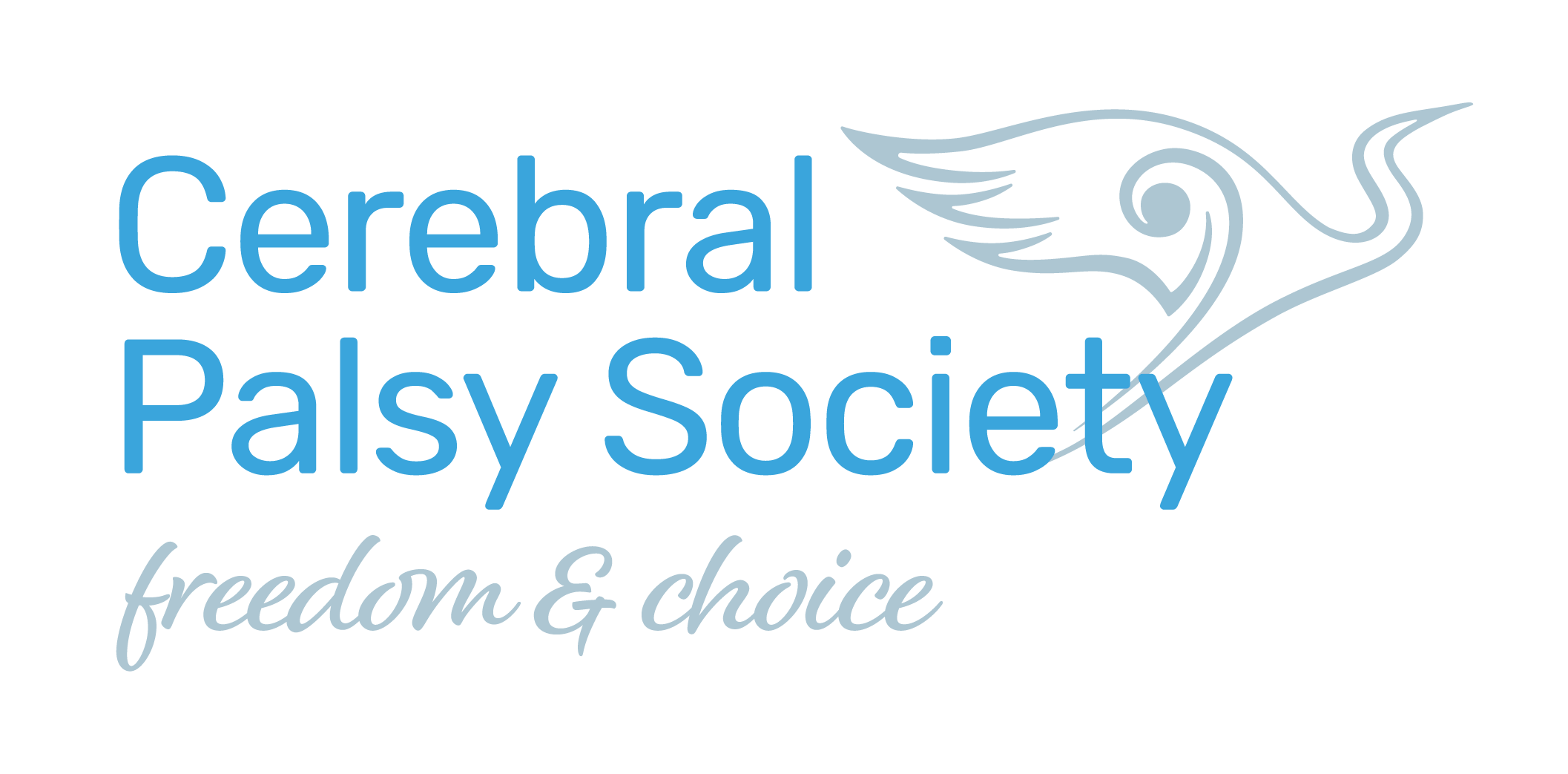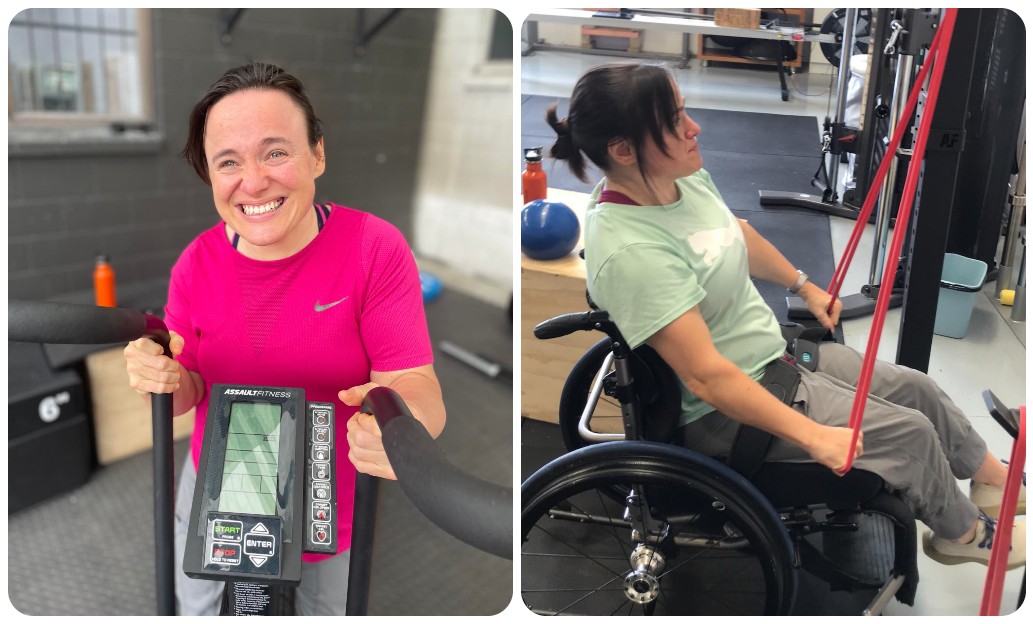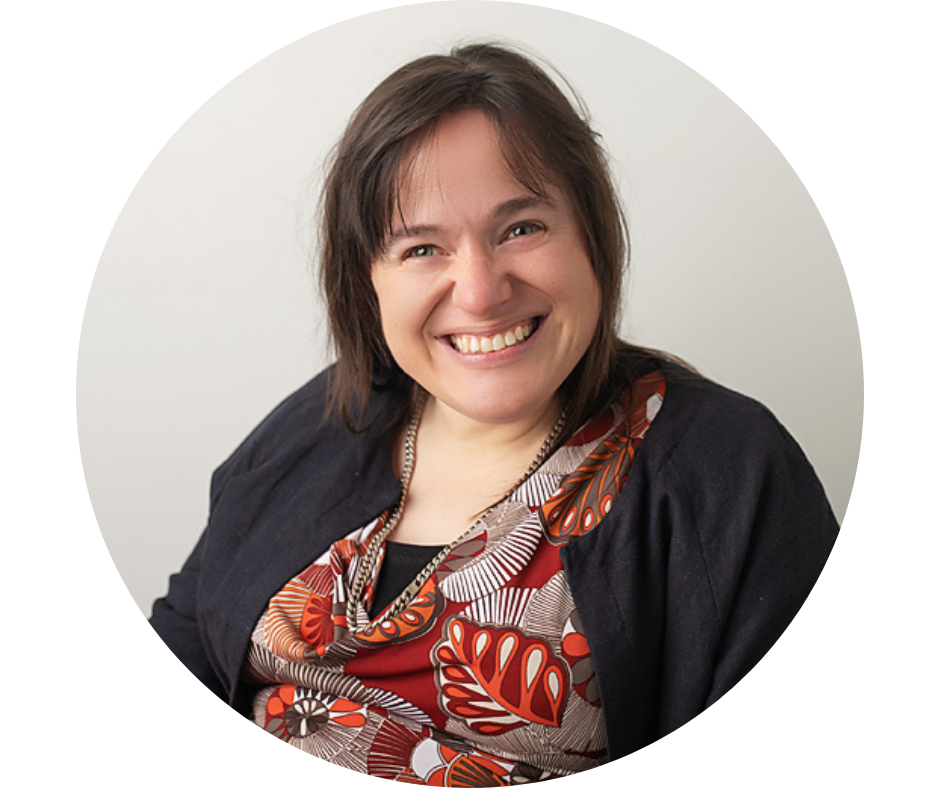Research
The benefits of exercise
05 Jul 2022
Exercise and physical activity can be a challenge for anyone, but there are additional complexities for those living with a disability.
By Amy Hogan
A level of interest and investment are important parts of motivation for exercise and physical activity.
For many years, the idea of lifelong fitness and Cerebral Palsy (CP) was considered a waste of effort because it was wrongly believed that brain injuries were a static experience and did not change much.
However, there is increasing evidence that individuals living with all types of CP, and at different ages, can see benefit from exercise both for general health and CP symptoms.
Participation in exercise and physical activity can be a challenge for anyone particularly an individual living with additional complexities.
Experts in the field have recommended:
• Passion – There needs to be some level of interest and investment, even if it’s a small goal.
• Personalised – It’s important that exercise programmes are personalised or at least acknowledge the differences between individuals.
• Policy – It is important for organisations, like the Cerebral Palsy Society, to take an active role in reducing the policy barriers to people with disabilities accessing the equipment.
• Partnership – It is important to connect and engage with social aspects of exercise, where possible, and ask for support.
• Positivity – It’s important to remember that it took a lot of work to get to this point. Your body is working hard to keep you active. Therefore, self-compassion is key.
Accessible equipment and location
There is increasing acknowledgement of gaps (such as accessible gym equipment) and several solutions and adaptations that can easily be made.
It can be useful to check lists and directories that show where accessible exercise is available.
Before you visit a new facility, jot down your specific needs for when you chat to staff.
Online resources like YouTube also show the adapted resources that exist, as a starting point.
Logistical barriers
There are often logistical barriers to achieving regular exercise such as cost and transport.
There can also be considerable differences in the services that are available around the country.
Why not consider taking part in an online programme that can be done with the assistance of a caregiver?
Would it be possible to do a program review with a local physio or gym once a month, rather than committing to the weekly or fortnightly costs?
Confidence and motivation
Doubts, when it comes to physical exercise, are a universal experience.
The process of building confidence (and capacity) begins with learning and understanding how your body moves, knowing when your better times to move are, i.e. mornings or evenings.
Starting small and setting realistic targets that you can achieve are important ways to build up motivation.
Find what works for you.
Cerebral Palsy Society Researcher and Member Support Advisor Amy Hogan takes every opportunity she can to exercise.
Safety considerations
Here are some factors to consider when contemplating or designing exercise programmes for people living with disabilities.
• Get clearance from your GP, or medical practitioner, to start changing your regular activity.
• Understand how to safely work with any equipment, e.g. setting up a machine, or ways to move in your wheelchair when doing seated exercises.
• Know your limits and build up strength gradually. Building fitness and strength is a continuous and ongoing process.
• It doesn’t help to go ‘all in’ at once and risk injury, or even setting the standards so high that you are less likely to return.
Integrating into daily life
Formal exercise is not the only way to integrate movement into your daily life.
The official term is N.E.A.T. (Non-Exercise Activity Thermogenesis) which means that you don’t always need to perform formal exercise to increase stamina and improve your health.
In fact, in many cases, your overall ‘incidental’ activity can play a bigger role in health than higher intensity ‘huff and puff’ workouts.
As well as this, people with CP can use up to twice as much energy as people without CP to walk.
Performing any activity as part of daily life can therefore be considered intense exercise for people with CP.
This fact is particularly important for people living with Level IV and V CP.
Reducing, and breaking up the length of time spent in sedentary behaviour, by replacing it with light movements or activity for example, is an effective approach to movement.
Amy Hogan is the Cerebral Palsy Society of NZ’s Researcher and Member Support Advisor
This article was originally published in the May-Aug 2022 edition of The Review magazine.
For more information:
Melanie Louden
Communications Manager
melanie@cpsociety.org.nz
Mobile: 022 087 8191




